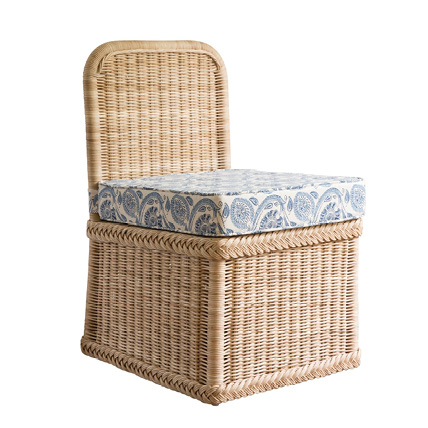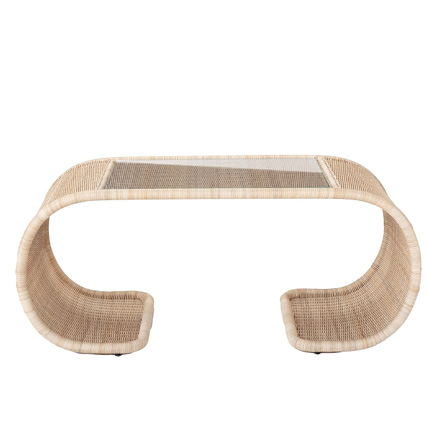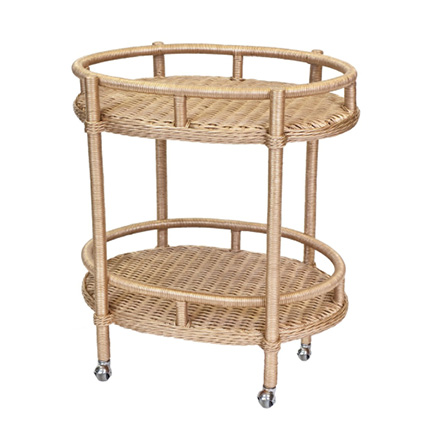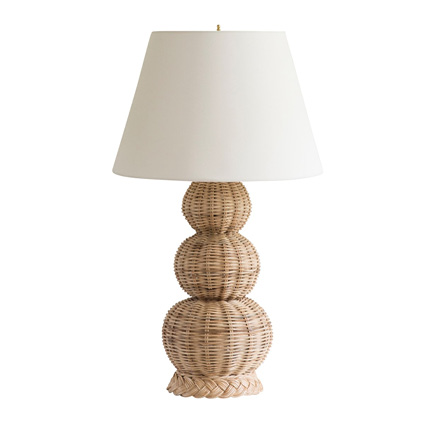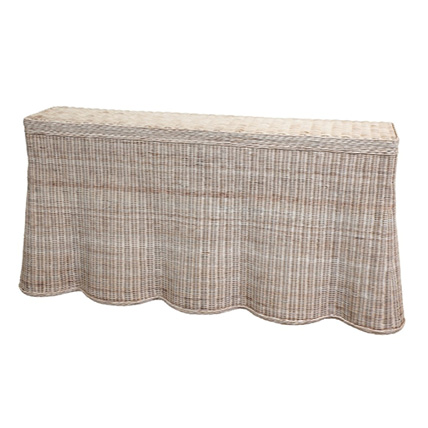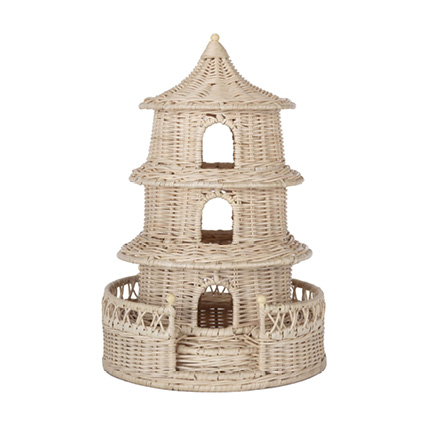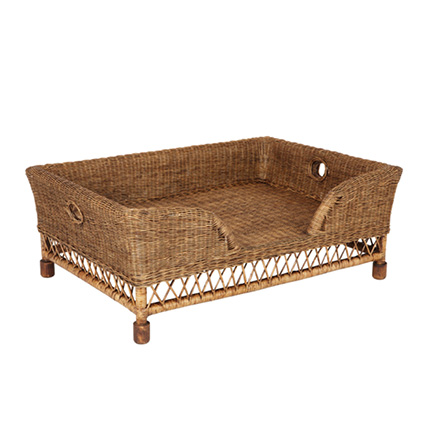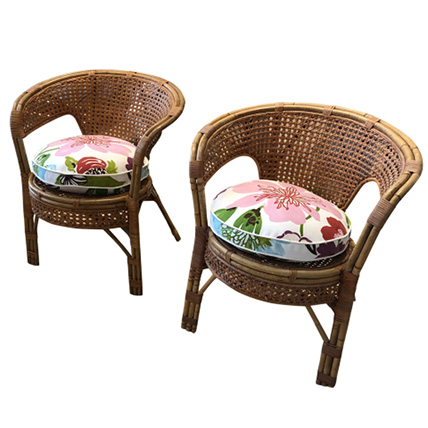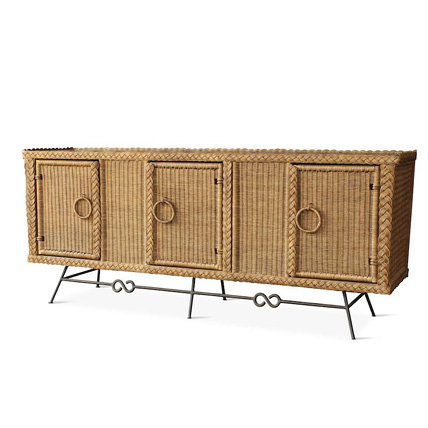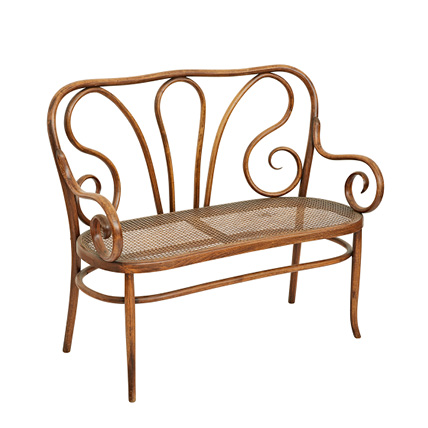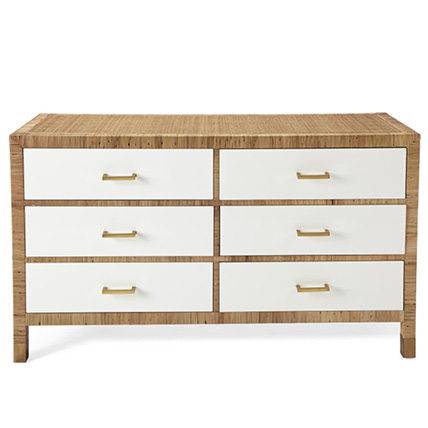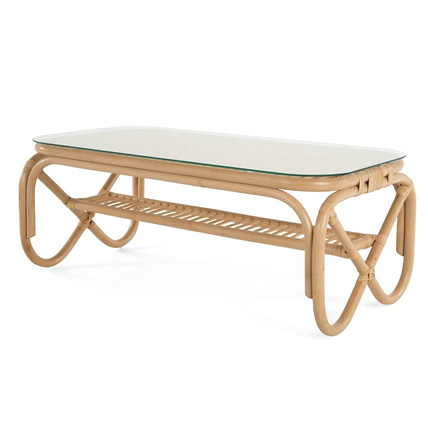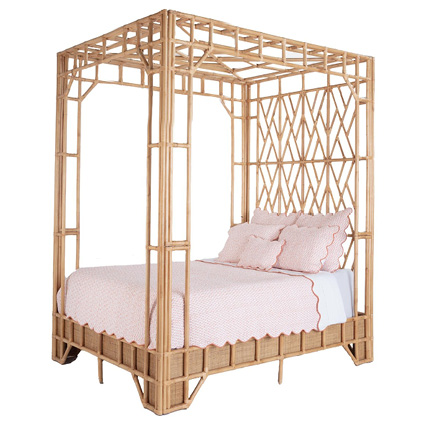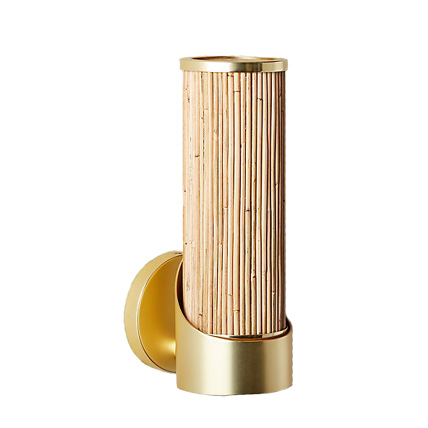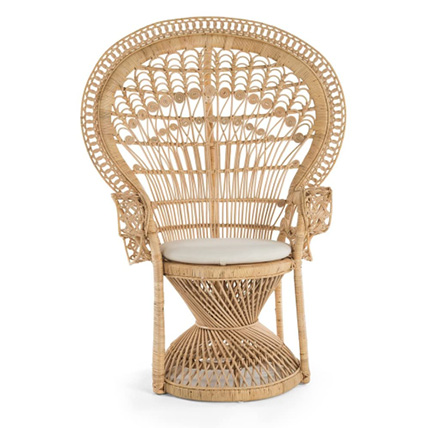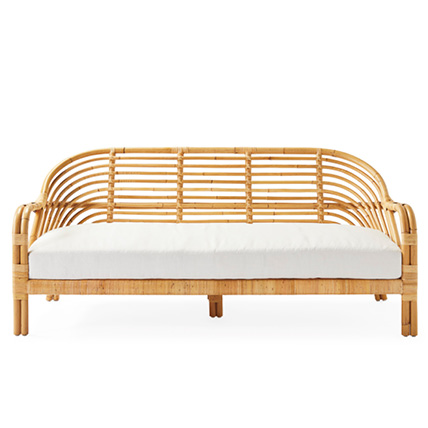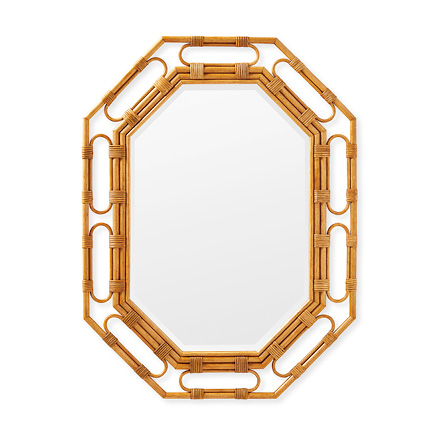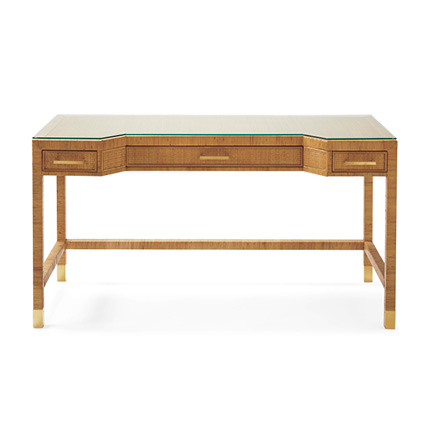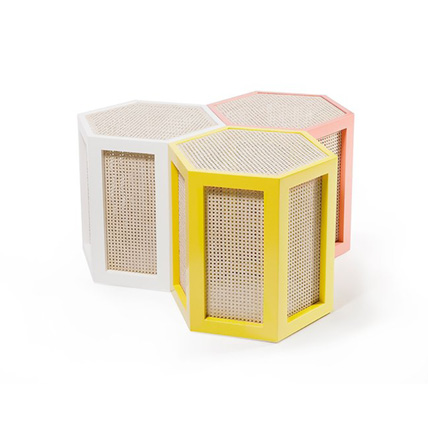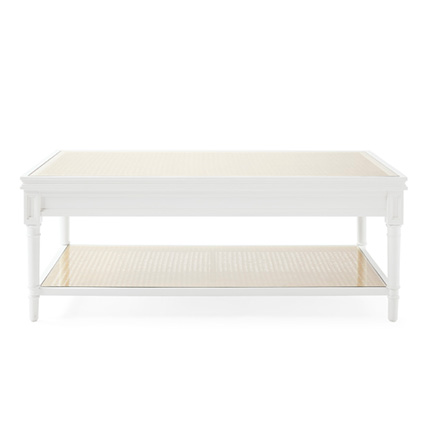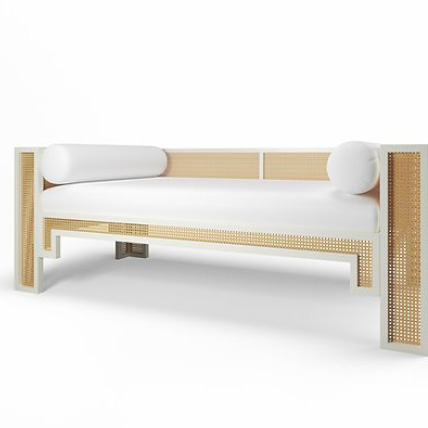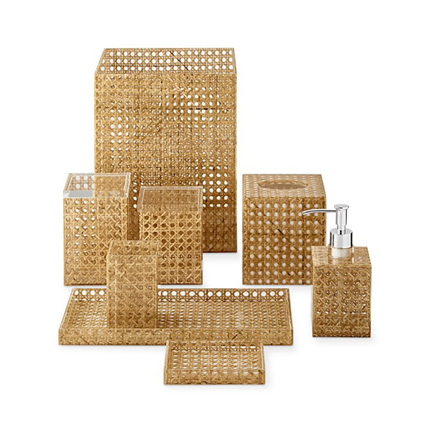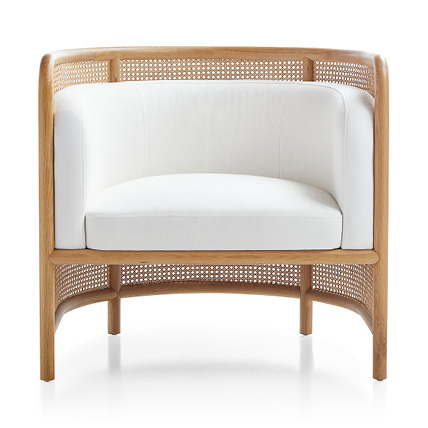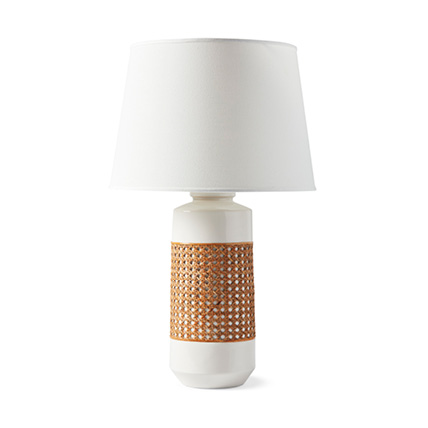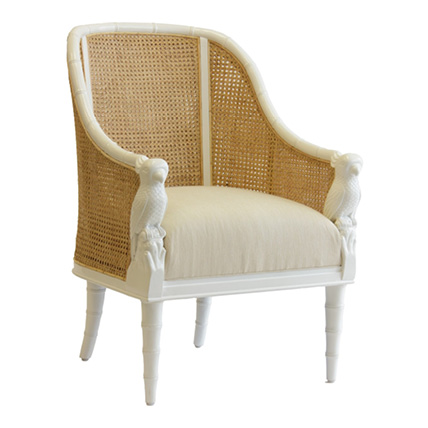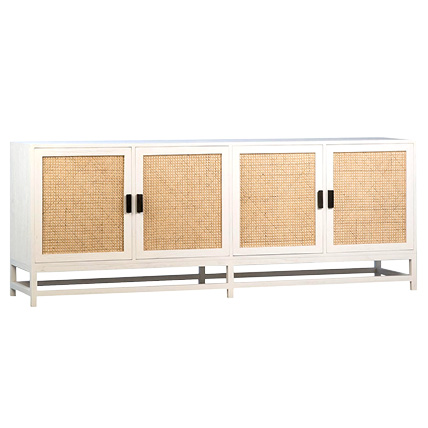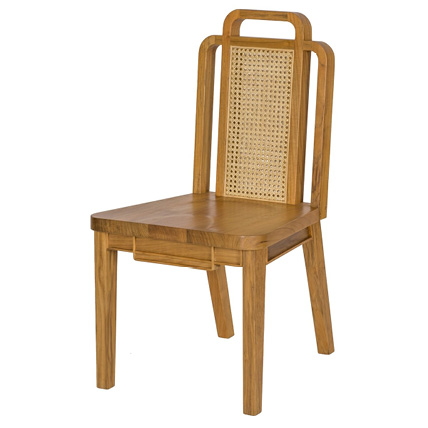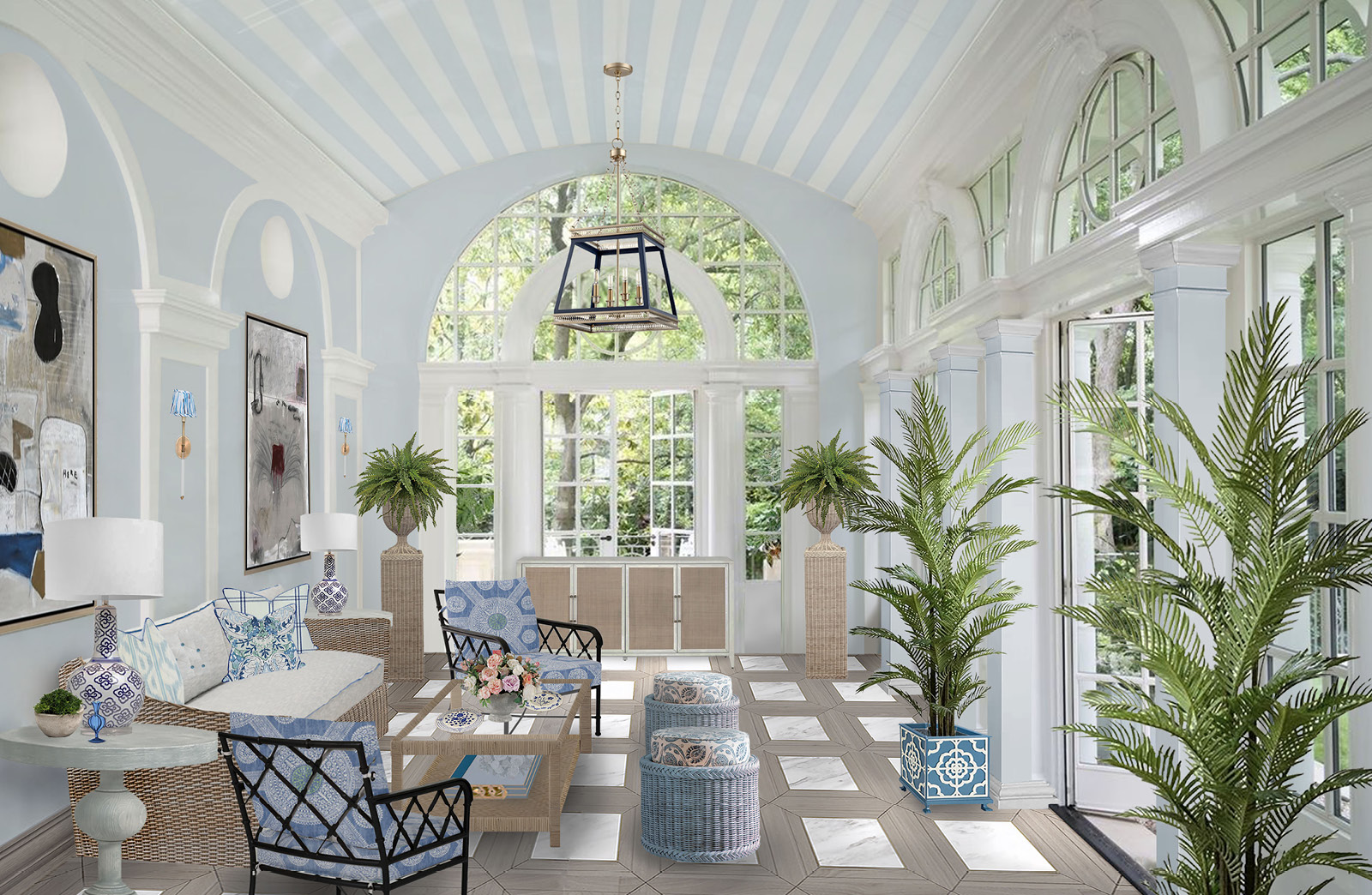
Some furniture styles and design genres have always been a part of our interiors vocabulary. This is surely the case with wicker and rattan. Growing up and living most of my life in the Northeast has exposed me to timeworn homes and traditional interiors that date back hundreds of years. Furniture styles and materials, like wicker and rattan, have always lived happily in these old homes and stand the test of time as the years pass.
Wicker and rattan are currently having a big “moment.” Their traditional and timeless forms are being updated and inspired by styles we know and love. The use of natural reed and bamboo materials woven into wicker and bent into rattan furniture has been around for generations. For the most part, the current iterations are left natural and warm. They glow in the medium brown tone of natural wood. Although it’s fun to find vintage pieces that can be refreshed with a coat of paint, many new pieces on the market now reflect the styles of a variety of periods.
Many of us associate wicker and rattan with warm climates and tropical spaces, but this furniture genre lasts over the years and through the four seasons. In our own second home, built in 1886, we have original Bar Harbor wicker that we continue to lovingly repaint and reuse because the quality and style endure.
Over the years, we have seen many iterations of wicker and woven furniture, both naturally colored and painted. Our relationship with this genre of decoration, in general, tends to be informed by the Victorian Age, even though the style dates to the Egyptians. At the turn of the 20th century, these pieces made their way to Europe and the United States. In balloon chairs with backs that stretched far above our heads or with intricate detailing sweet enough to embellish a chair or a baby bassinet, the silhouettes were imaginative. As a frequent visitor to Palm Beach, where summer never really dies, my eyes are always wide open for these beauties. I’m especially drawn to modern interpretations.
Wicker. We’re all familiar with traditional outdoor rocking chairs and other cushioned pieces that make our enjoyment of nice weather comfortable. One shape I’ve fallen in love with is a console table with a base that curves like a flowing table skirt. Bar carts offer the perfect spot to concoct an evening libation on the porch. Since my babies are grown, a wicker bassinet is no longer of use to me, but I always smile when I see my sweet Jack Russell terrier, Parker, lounging in her wicker dog bed.
Rattan. The tubular bends of rattan keep its furniture forms simple but sturdy. But, oh, how I’d love to specify a grand rattan canopy bed in the master suite of a Florida vacation home. Or surprise with a Deco-inspired sofa thrown into a space with an otherwise classic vibe. Now, the dramatic curves that we’ve come to expect from rattan, have been streamlined with straight reeds for a look that’s more contemporary. I think this change has kept the material current and chic.
Caning. This flat weave, originally used on chairs, is a geometric original. And geometrics, of course, lend themselves to modern design. I routinely hunt for vintage and antique caned pieces for my interior projects. To heighten contrast with the caning material, I’ll repaint the frame in an unexpected color that’s sure to refresh. I also can’t look away from examples that marry caning with minimalist forms. Add color and a streamlined frame, and I’m sold.
When you think about it, rattan was ahead of its time from a social perspective. Being conscious of environmental practices, after all, means putting both sustainability and carbon footprints top of mind. Rattan, a plant-based material, is a naturally renewable resource, and thus, has met sustainability standards from its origins. So regardless whether it’s used in its tubular rod form or woven through wicker and caning methods, it’s responsible, it’s chic, and it’s now. Discover a vintage piece or invest in something new. These honey-color finishes have never been so sweet.


